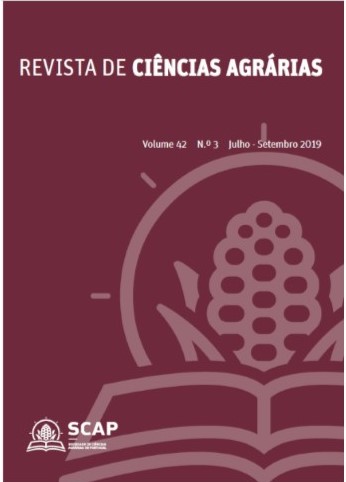Photosynthetic metabolism in Pereskia aculeata Plum. seedlings propagated by cutting under different light availabilities
DOI:
https://doi.org/10.19084/rca.17306Abstract
Pereskia aculeata Plum. (Ora pro nóbis, Cactaceae) is a plant of medicinal interest and alimentary value to present high contents of fibers and proteins. However, information regarding the physiological aspects in the initial growth stage of seedlings is incipient. Thus, the aim of this work was to know the photosynthetic metabolism of P. aculeata seedlings propagated by cuttings under irradiance contrasts. The experiment was conducted under two light conditions (full sun and 50% shading), evaluating the types of apical, median and basal cuttings. The experimental arrangement was in a 2 x 3 factorial scheme, in the randomized complete block design, with four replications. Photosynthetic pigments, chlorophyll-a fluorescence emission and gas exchange were quantified. Results showed that the highest levels of chlorophylls and photochemical efficiencies were observed in the apical cuttings cultivated under 50% shading (low irradiance). The highest rates of CO2 assimilation, Rubisco efficiency and water use were observed when using median and basal cuttings under full sun (high irradiance). The propagation by median cuttings maintained in high or low irradiance, and basal cuttings under high irradiance provided a greater photosynthetic capacity of the seedlings, and may be indicated for the propagation of this species.


